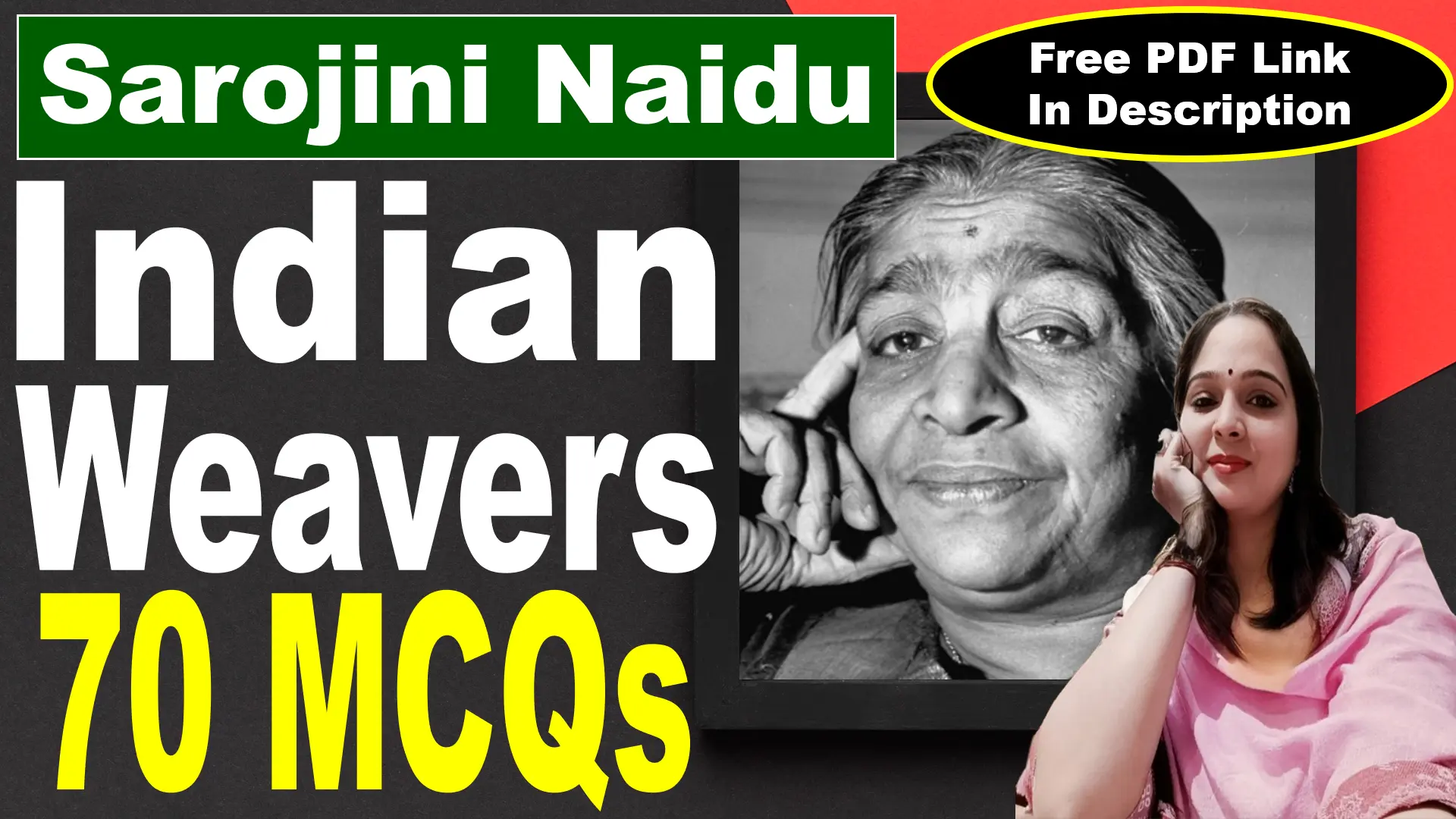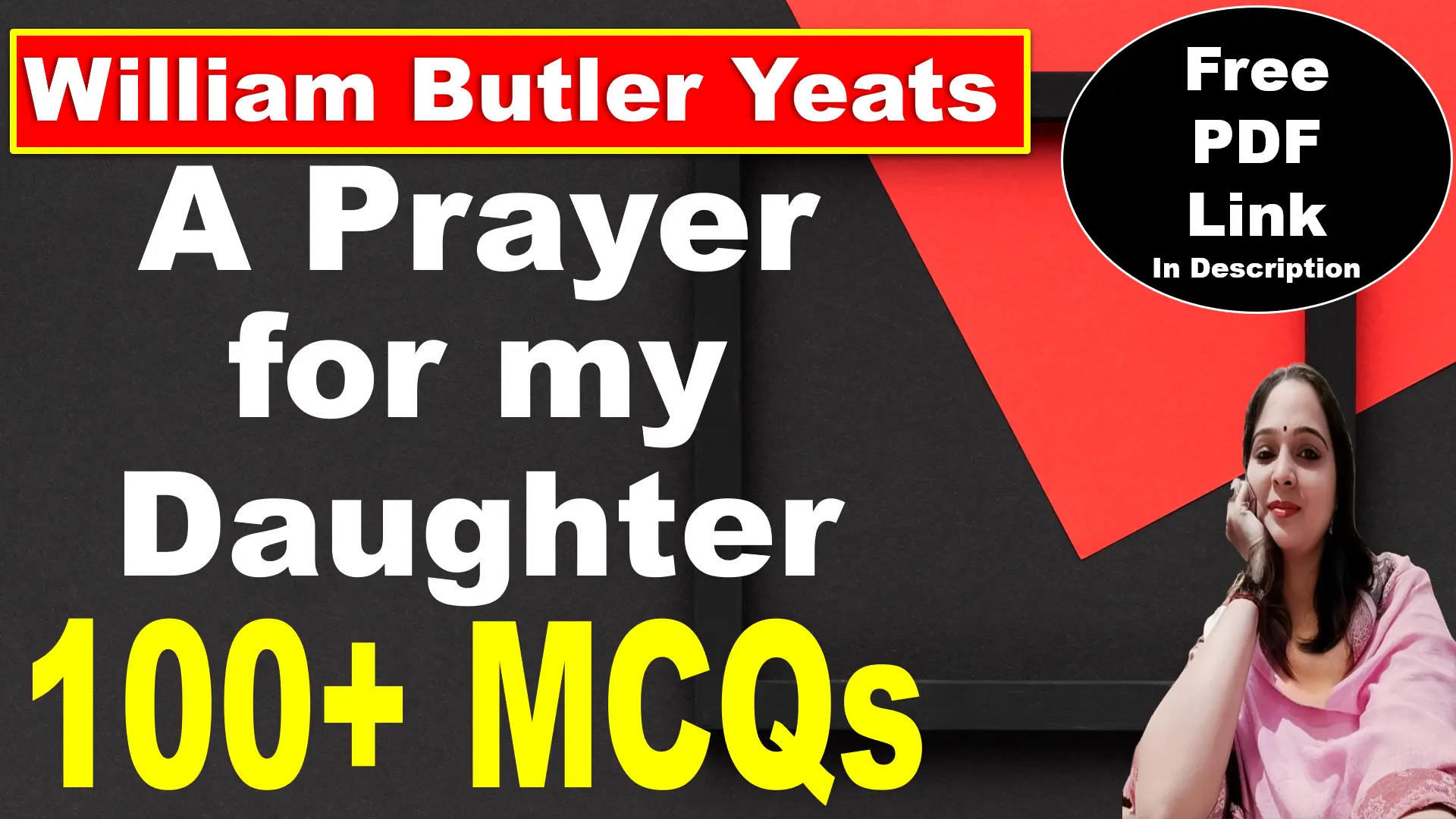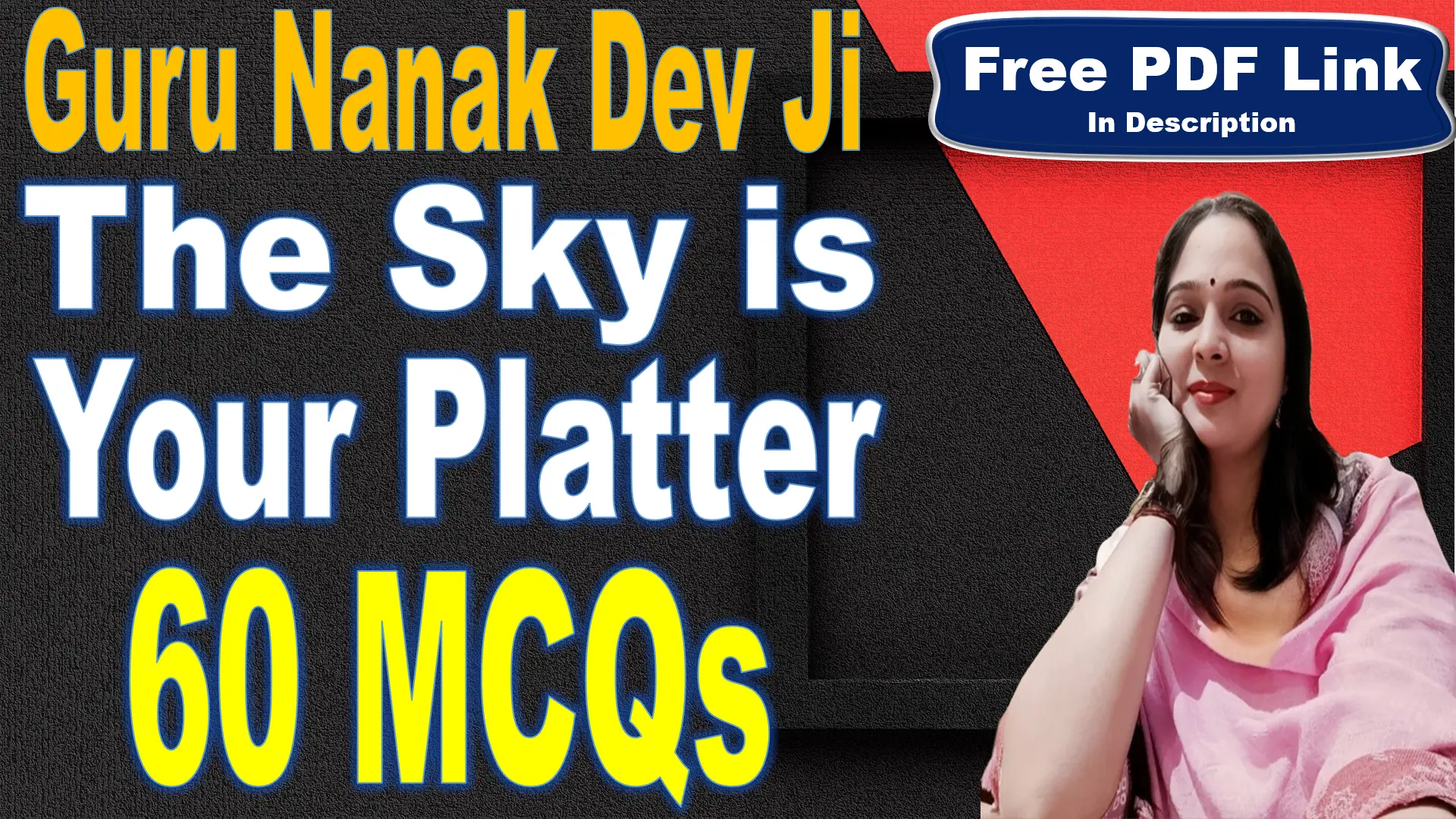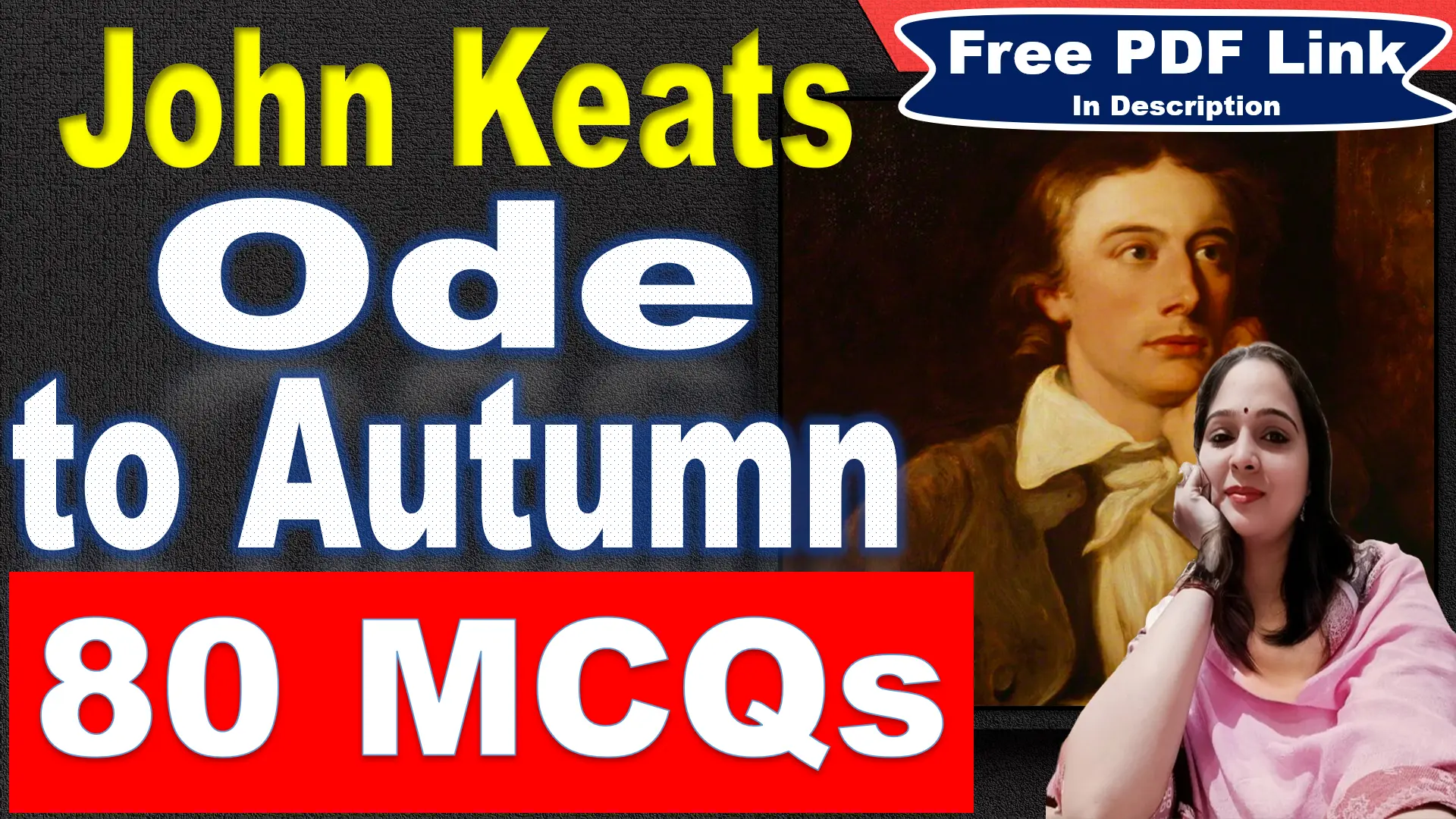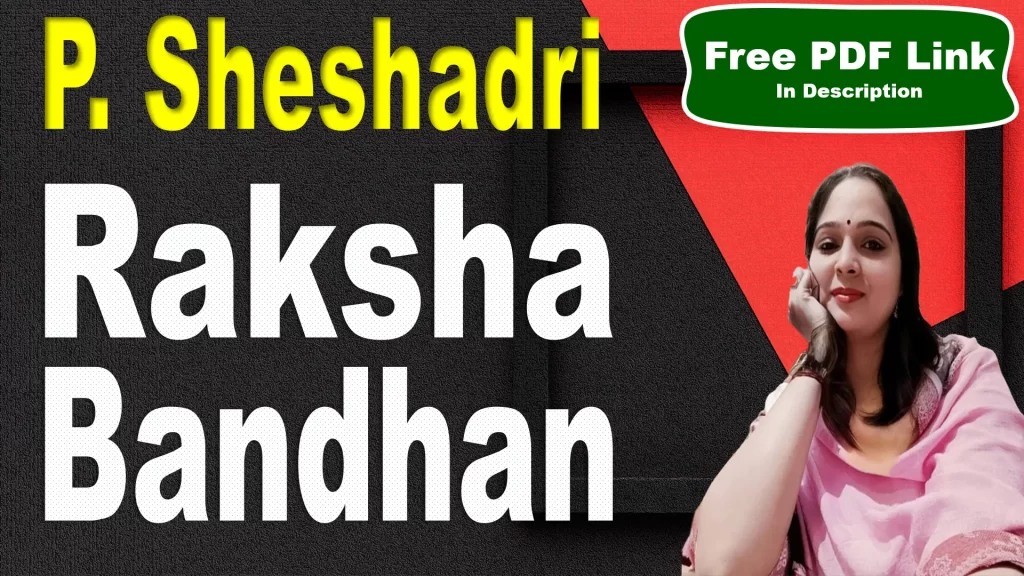
Raksha Bandhan by P Sheshadri Questions and Answers
Very Short Answer Questions
Who wrote the poem “Raksha Bandhan”?
P. Sheshadri.
What is the central theme of the poem?
The sacred bond between brothers and sisters.
What does the “silken tassel tipped with gold” symbolize?
The rakhi tied by a sister on her brother’s wrist.
In which month is Raksha Bandhan celebrated according to the poem?
Shravan (monsoon season).
What is said to give the rakhi its charm?
Its ability to bring good fortune and protection.
How long has this tradition been followed, as per the poem?
Since ancient times.
What does the poet call Raksha Bandhan in the poem?
A “pretty faith” and a festival of worth.
What does the poem criticize?
The dismissal of Raksha Bandhan as an outdated or meaningless ritual.
What does the poet say about a sister’s wishes?
They are the purest wishes on earth.
What is stronger than a sister’s love, according to the poet?
Nothing; a sister’s love is unmatched.
What imagery does the poet use to describe the season of Raksha Bandhan?
“Lands bathed in welcome rain.”
What literary form is the poem written in?
A Petrarchan sonnet.
What is the rhyme scheme of the poem?
ABBA ABBA CDD EEC.
What is the poet’s tone in the poem?
Reverent, celebratory, and defensive.
What does the poet call skeptics of the festival?
“Rashly bold” individuals.
What is the mood created by the monsoon imagery?
Sacred and festive.
What does the rakhi represent?
Love, care, and protection.
What does the poet say about tradition in general?
It has deep emotional and spiritual significance.
How does the poem defend Raksha Bandhan?
By highlighting its cultural, emotional, and spiritual value.
What does the poem ultimately celebrate?
The enduring power of familial bonds and traditions.
Short Answer Questions
What is the main theme of the poem Raksha Bandhan?
The poem celebrates the sacred bond between brothers and sisters, symbolized by the rakhi. It emphasizes the emotional and cultural significance of the festival, highlighting its power to strengthen familial love and its roots in ancient traditions.
How does the poet describe the ritual of Raksha Bandhan?
The poet describes the act of a sister tying a “silken tassel tipped with gold” around her brother’s wrist. This symbolic act is seen as a gesture of love and protection, deeply rooted in faith and tradition, with a charm that brings blessings.
What does the poet mean by “lands bathed in welcome rain”?
The phrase refers to the monsoon season during Shravan, when the festival of Raksha Bandhan is celebrated. The imagery of rain symbolizes renewal, prosperity, and the sacredness of the occasion, creating a joyous and festive atmosphere.
How does the poem defend the tradition of Raksha Bandhan?
The poet defends the tradition by highlighting the purity of a sister’s love and the unmatched emotional and spiritual value of the festival. He rebukes skeptics who dismiss it as an outdated ritual, asserting its enduring worth and significance.
What qualities of a sister’s love are emphasized in the poem?
The poet emphasizes a sister’s love as selfless, pure, and devoted. Her wishes for her brother’s well-being are portrayed as the epitome of care and affection, unmatched by any other emotion or force.
What tone does the poet use while addressing skeptics of the festival?
The poet adopts a challenging and defensive tone, questioning those who dismiss the festival as “ancient mummery.” He defends Raksha Bandhan as a meaningful and powerful tradition rooted in love and devotion.
What poetic devices are used to describe the rakhi?
The poet uses vivid imagery (“silken tassel tipped with gold”) and symbolism to represent the rakhi as a physical manifestation of love, protection, and faith. These devices evoke the beauty and emotional depth of the tradition.
What is the significance of the festival being set in Shravan?
Shravan, marked by monsoon rains, is symbolic of renewal, fertility, and prosperity. By situating Raksha Bandhan in this month, the poet underscores the festival’s auspiciousness and its connection to nature’s nurturing spirit.
How does the poem’s structure enhance its message?
The poem is a Petrarchan sonnet with a rhyme scheme of ABBA ABBA CDD EEC. The structured octave introduces the tradition and its significance, while the sestet defends it against skeptics, providing a logical and emotional flow.
What message does the poet convey through the poem?
The poet conveys that traditions like Raksha Bandhan carry profound emotional and cultural significance. They strengthen bonds of love and protect familial values, making them invaluable despite changing times. The poem celebrates the purity of sisterly devotion and the timelessness of these rituals.

